This last Friday, I was invited to attend a workshop given by Wynn-Anne Rossi on Composition. Wynn-Anne along with Kevin Olson had written Music by Me with FJH years ago. She has since moved to Alfred and has written another series called Creative Composition Toolbox. The two books are very different. I have used both in different settings. Wynn-Anne explained that Music by Me fit well with group instruction or a camp/workshop type of setting and the Creative Composition Toolbox worked best with the one-on-one setting; which is exactly how I had been using these books. So I was glad to see that I interpreted them in the same light.
Composition is always a subject I am eager to learn more about. When I was young and taking lessons I composed a few pieces and as an adult I have done a few others. But it’s always a different experience for me, anyway to teach composition.
One of the first things Wynn-Anne said was Music is a language- but that it’s so much more than an emotional language. It has every element/aspect of a language you can find in music and more! First thing you do as a baby is listening. True as music as well. (For some this is as far as it goes). Listening used to be extremely important when learning music but now it seems that listening is something that is either skipped or not touched on as much as it should be. Musicians speak through their instruments. We take it to interpret,comprehend,read, becomes more involved and complex.
Part of becoming fluent in the language is writing which is the most complex. Composition offers vocal chord (expression), applied theory and accomplishment. For example a scale is a building block to go someplace; make something.
Teaching original composition- You can’t control it very well… Students will come in with all kinds of things. Self expression- anything can happen. (And it’s okay!)
How to find time for composition? Almost all of it happens at home. Your job isn’t to correct, but to coach and say “wow that’s cool”. The students will get better the more they do it because all the music they are studying goes into affect. They will naturally improve and advance. Just encourage and make them feel safe. The same way you encourage someone who is young to speak. 5 minutes at lessons is more than enough. 2-3 minutes even works. An assignment to a student might be to work on their composition only for one of their practice days. They love this!
You can use group lessons or camps to focus on compositions. (This is what I usually do) After a camp follow up and continue on into their private lessons.
It is extremely important to share their pieces. The very least for their teacher. Encourage them to play for family, friends, peers. Be careful how you say things. Make sure it’s encouraging, not correcting.
Wynn-Anne does a composition recital every third recital she holds during the year. She says give plenty of prep time for students to work on their composition before performing it. She gives about 4+ months to prepare for it. Sometimes she will divide the in groups that have themes and they write in that theme.
Notation is the hardest. This can shut some young composers down. Her students do not start on staff paper. The creative composition toolbox, Book 1 has some good examples in how she has her students first notate. But the important thing to know is to have students write down anyway they want to so they won’t forget it. Rhythm is the strongest part of the memory so if they just write the notes down and not the rhythm. For students who still struggle on notation (usually are better improvisers), recording their thoughts down can help them remember.
After nontraditional notation, then move slowly into staff notation. Wynne-Anne explained that at the beginning when moving to the staff she doesn’t worry too much about correct stems and so on at the beginning; she will work on notation rules with them later.
She recommends her students download MuseScore (free). MuseScore allows you to change key/time signature, different instruments, plus has YouTube tutorials, MuseScoretips.com.
When students are composing, encourage them to use the entire piano to create a composition, there is no need even when they are early beginners to stay in a position.
When teaching one of the most important to teach is repeats and patterns.
At the beginning, it’s helpful to have a book or some kind of guidance or boundaries especially students who need to feel safe, which is why she wrote Creative Composition Toolbox to have a tool for teachers to use with their students. It’s written in a “monkey see, monkey do” type of environment, which creates the safety aspect.
The last thought she left before starting a masterclass is that some are better writers, some better readers but it doesn’t mean that we shouldn’t learn both.
The Masterclass was fun to see. There were two students, both teenagers, who participated. I believe this was their first composition for both as well. The first student composed a piece called “Dark”, as you might guess composed in a minor key. It was an exciting piece, perfect for Halloween time or just a fun piece to play. The second student composed a more lyrical piece titled, “Waterfall Lullaby”. This was composed from an idea of a tune her sister was singing at home one day. The older sister (the composer) really liked the tune and decided to compose something on the piano and expanded the idea. It was beautiful.
I just wanted to share the last thought that Wynn-Anne shared with the last student in closing to the masterclass. I really thought it was a great idea and something we all can do when composing.
Create a musical picture album-
What is it that you want to express?
What is meaningful to you?
As you create your album of music think of what you want in there.
Musical memories… Collection of pieces that represents who you are.
What is in your musical picture album?
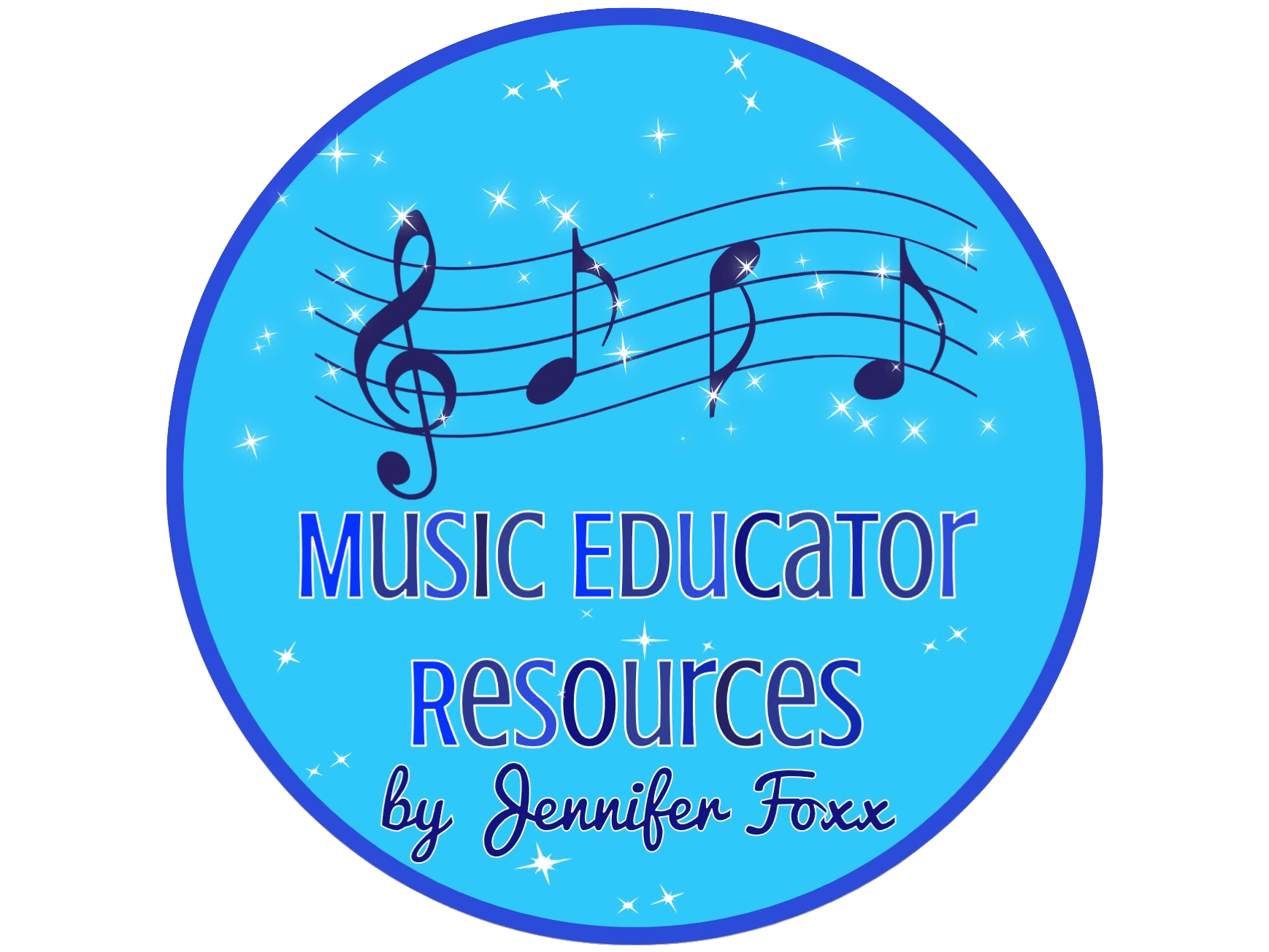
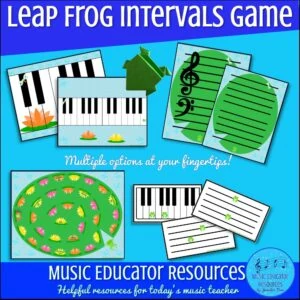
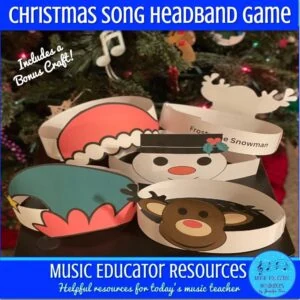
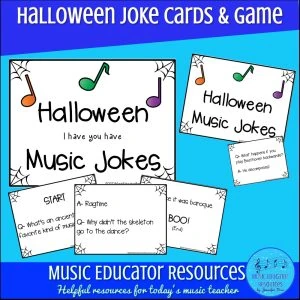
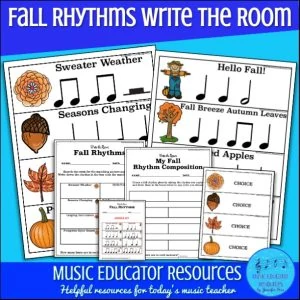
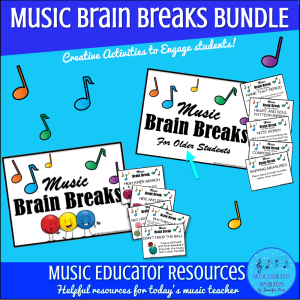
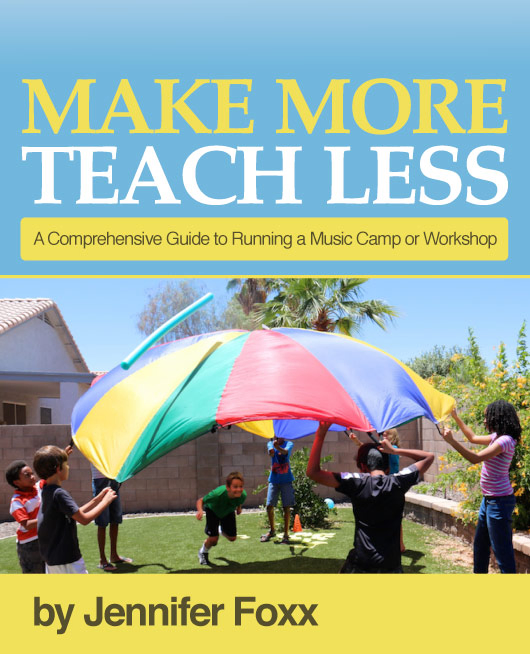
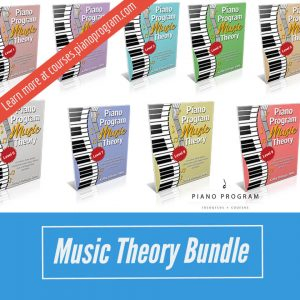
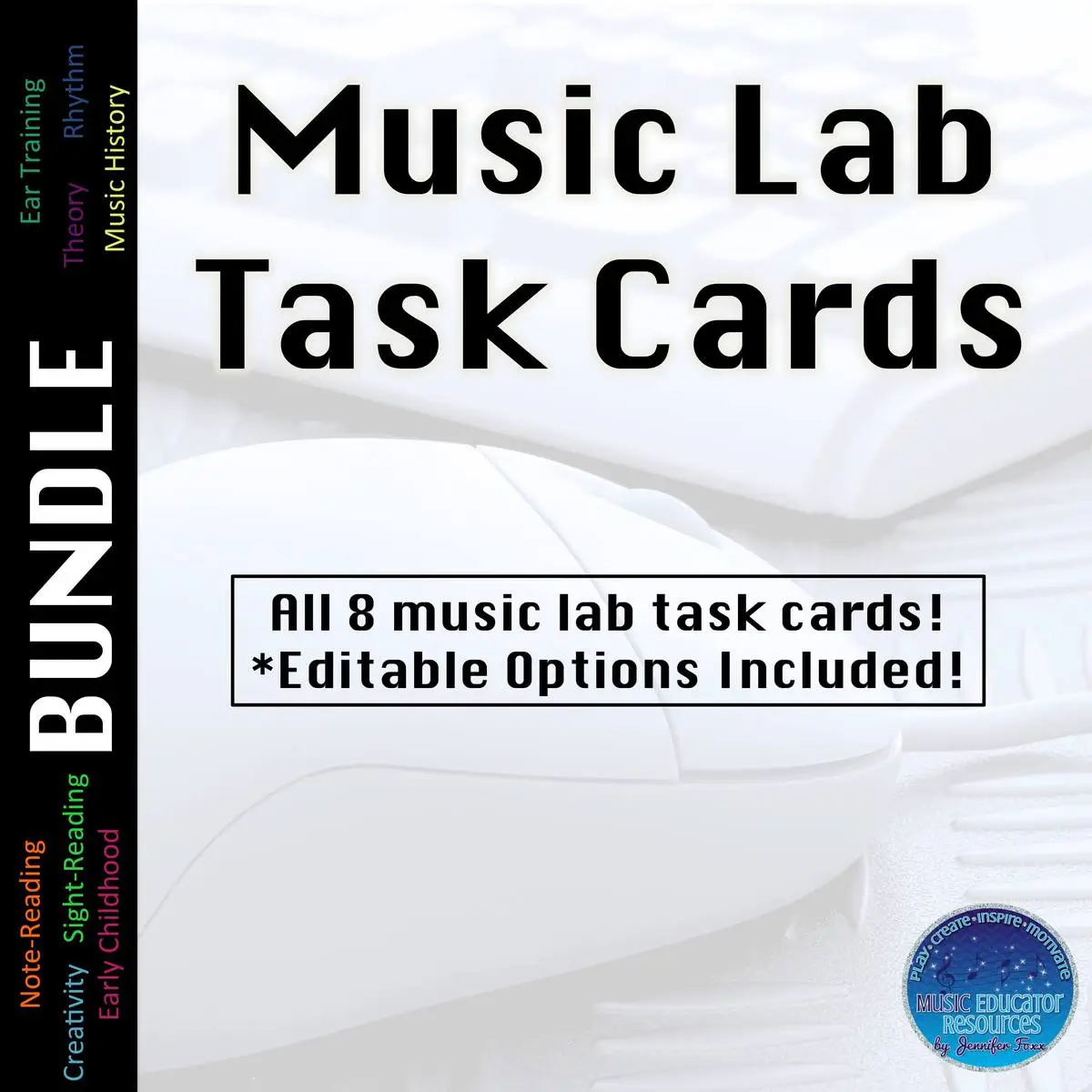
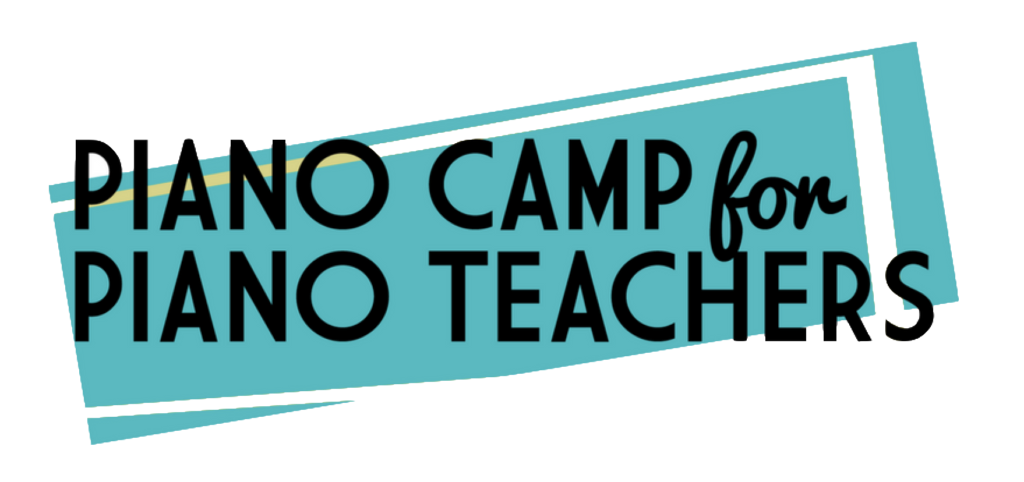
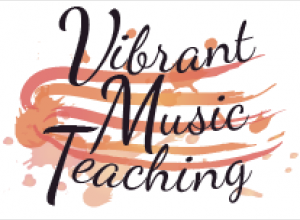
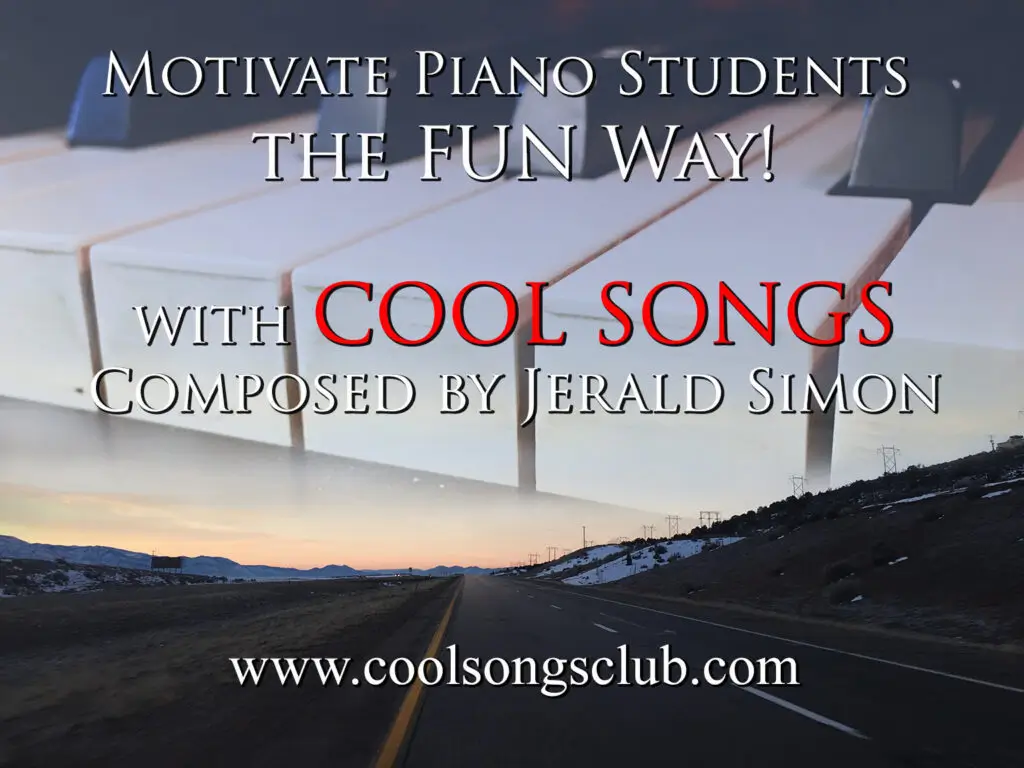
0 Comments